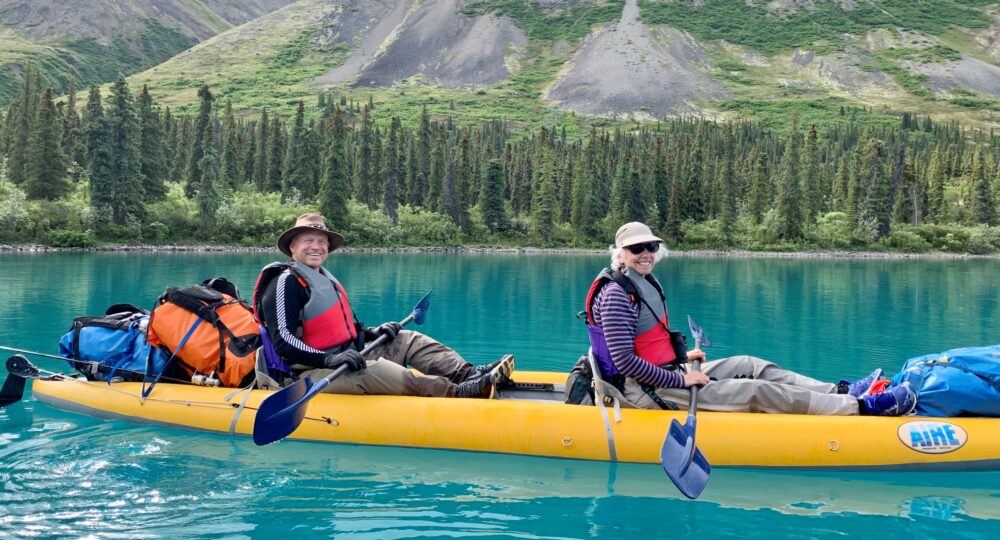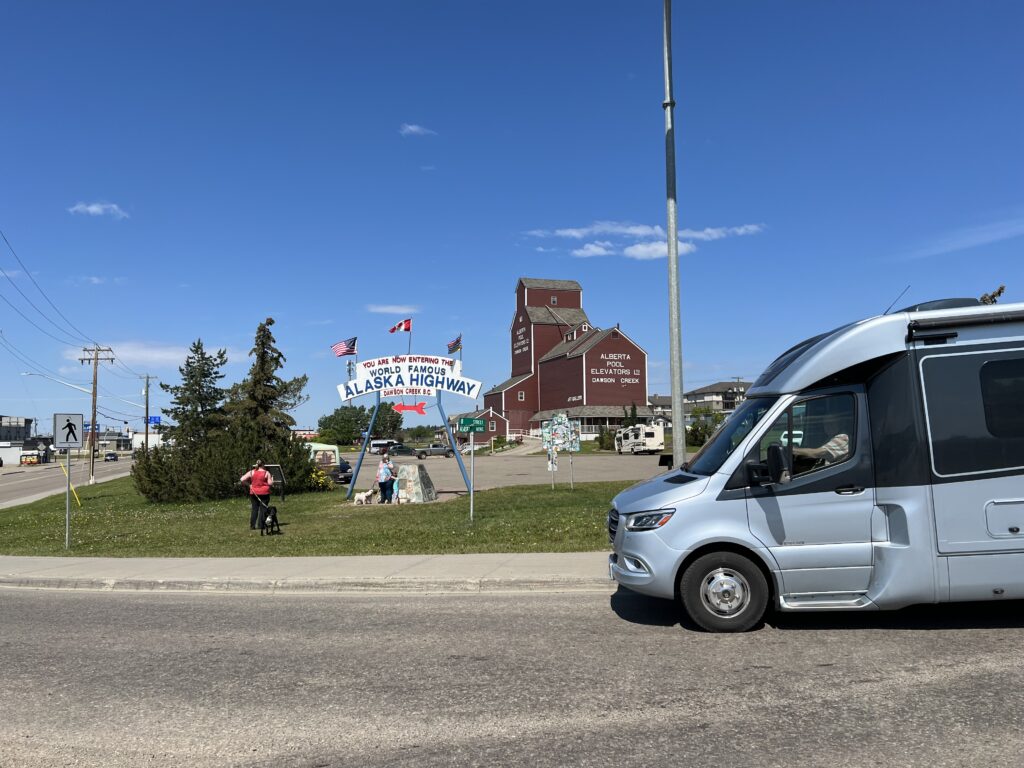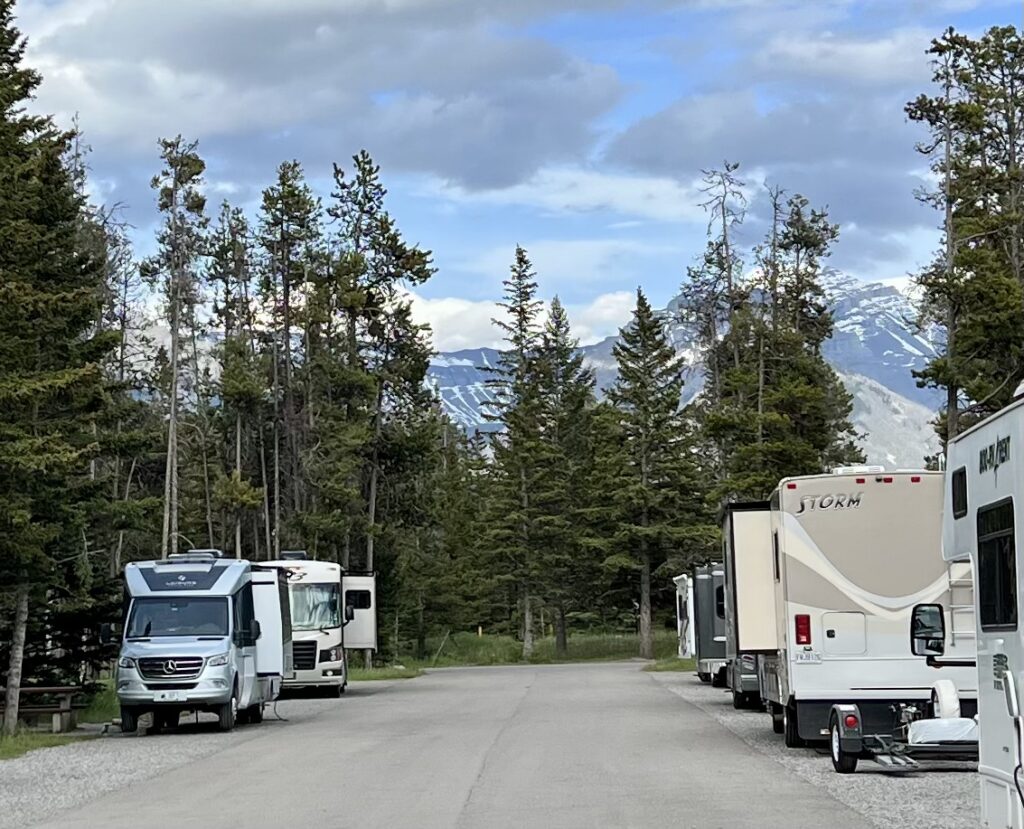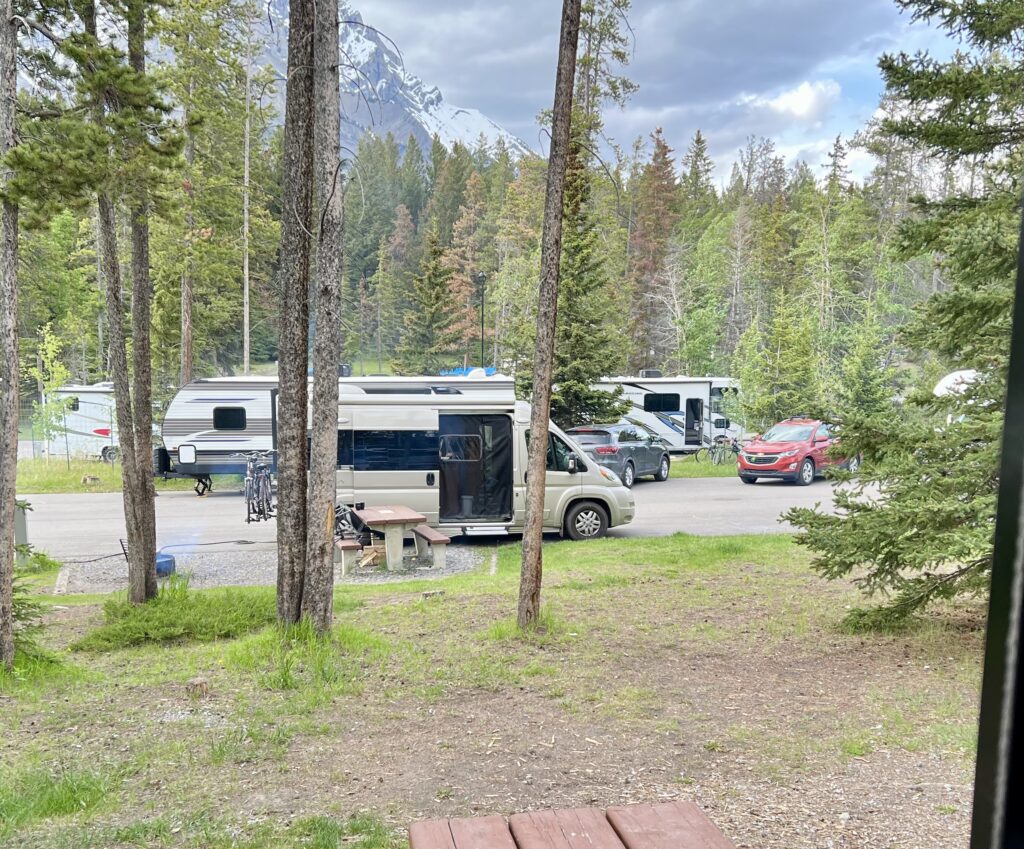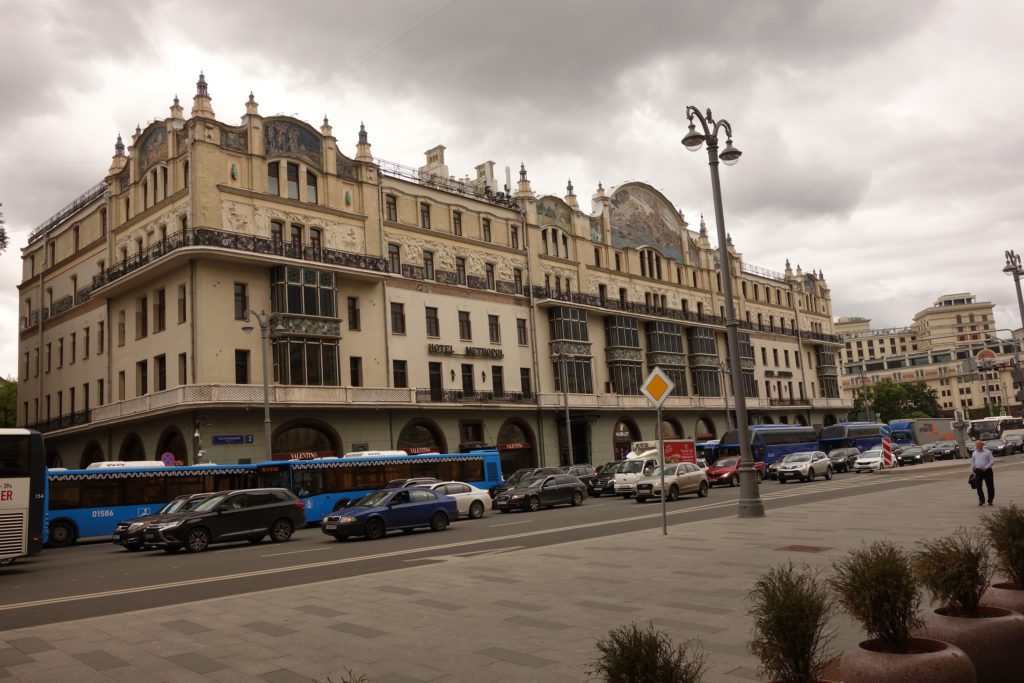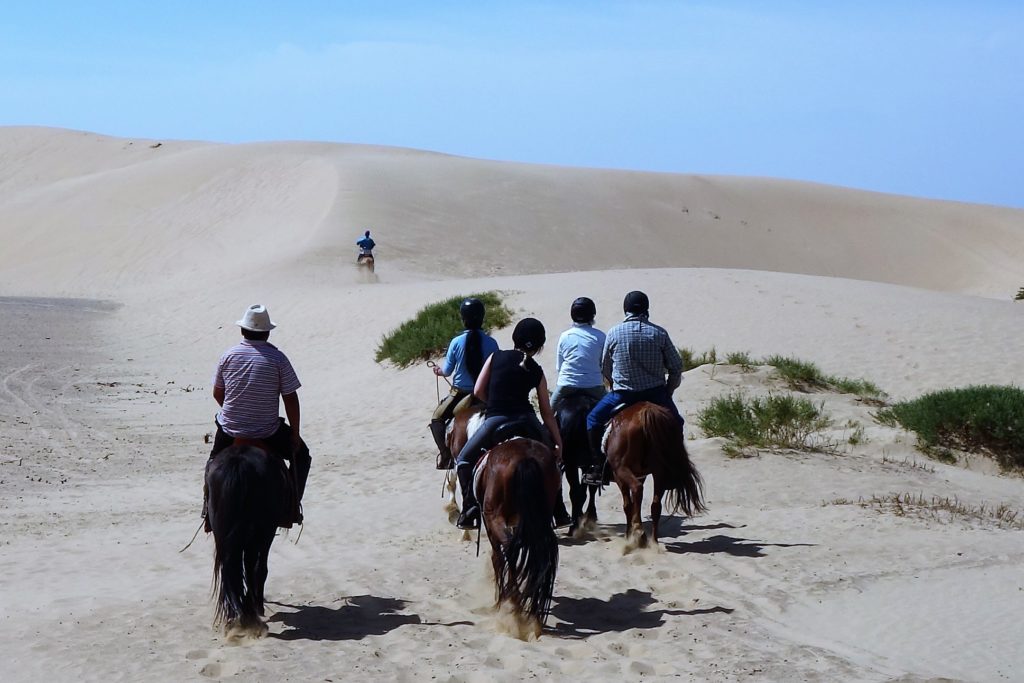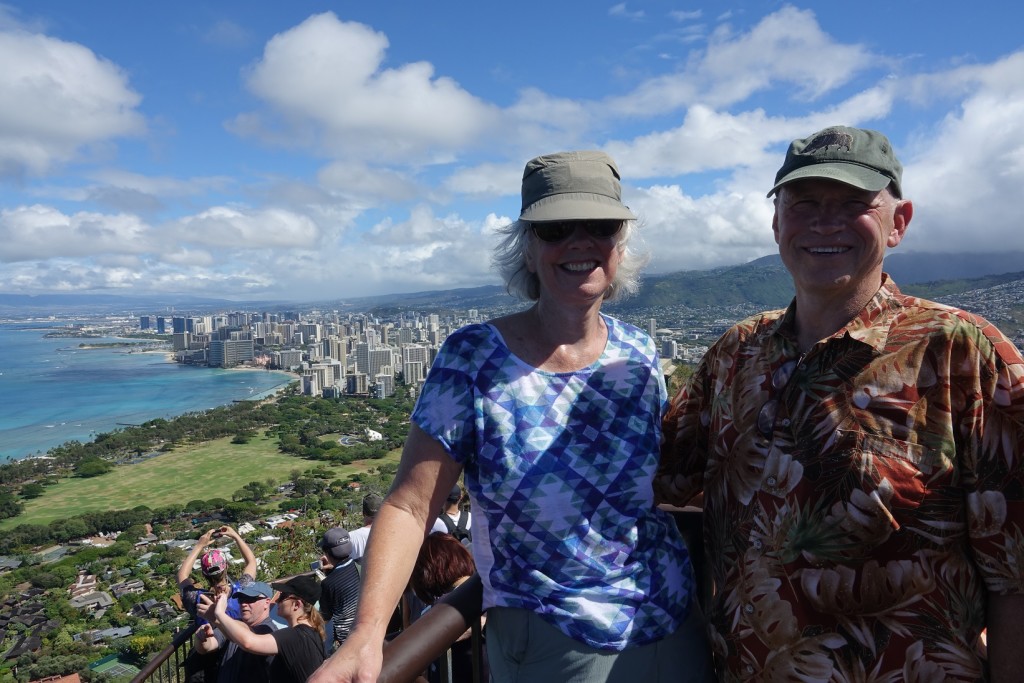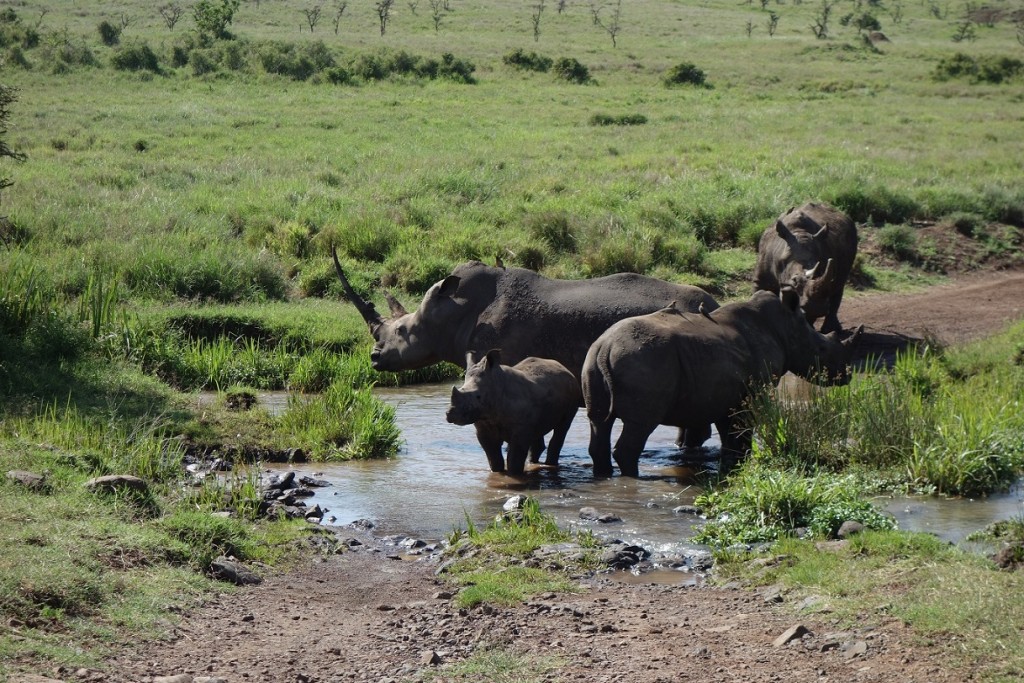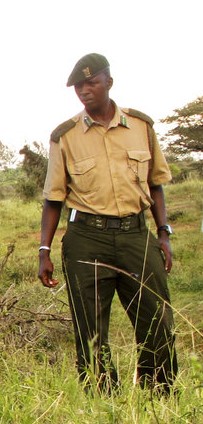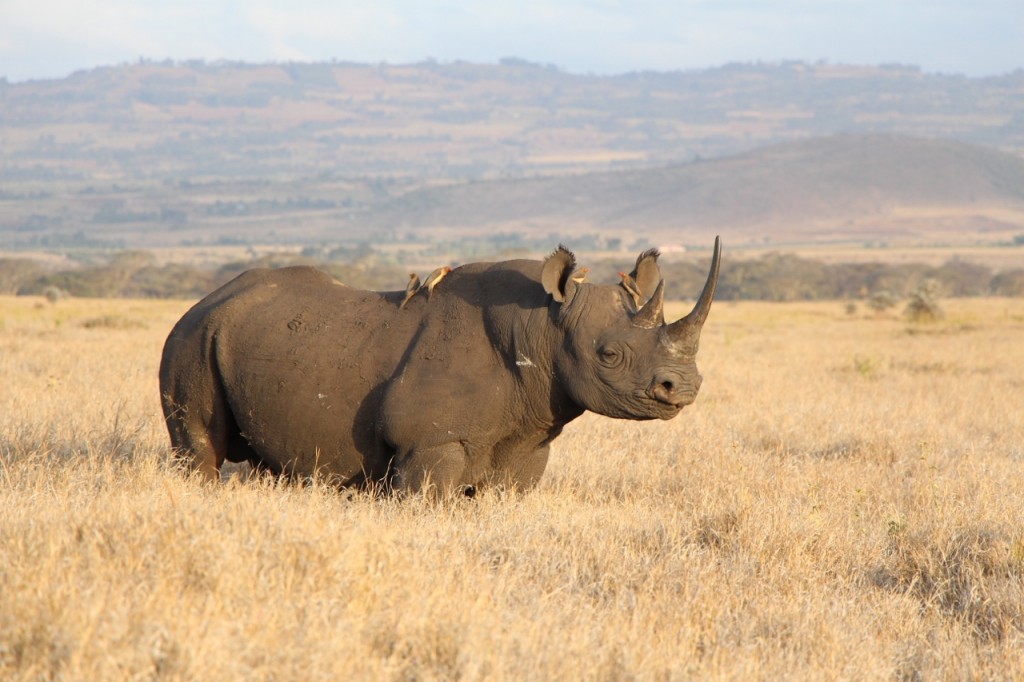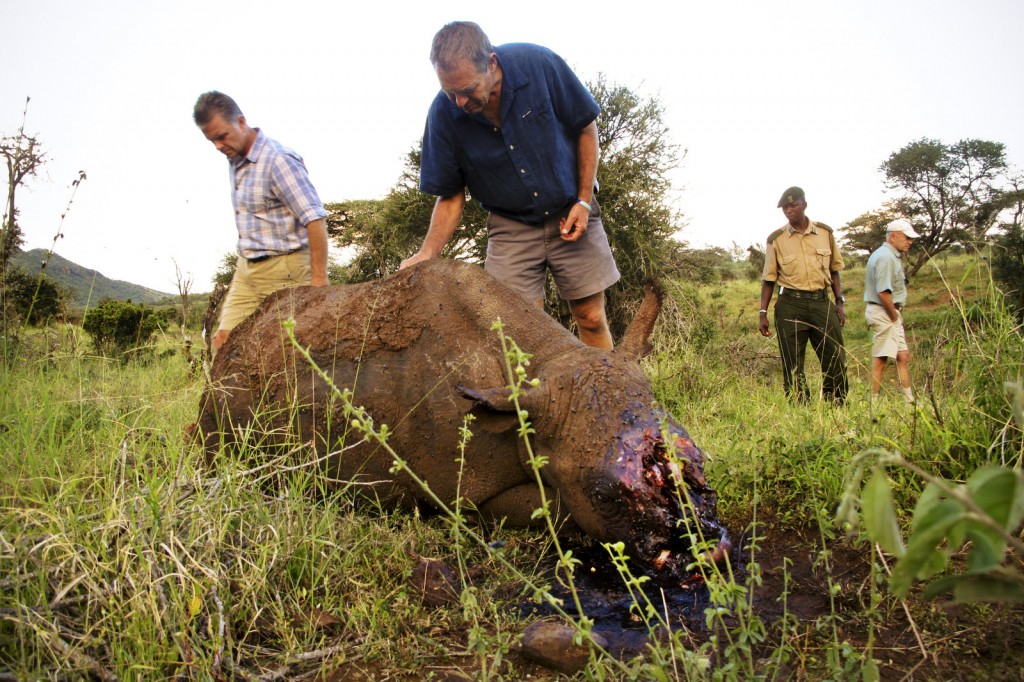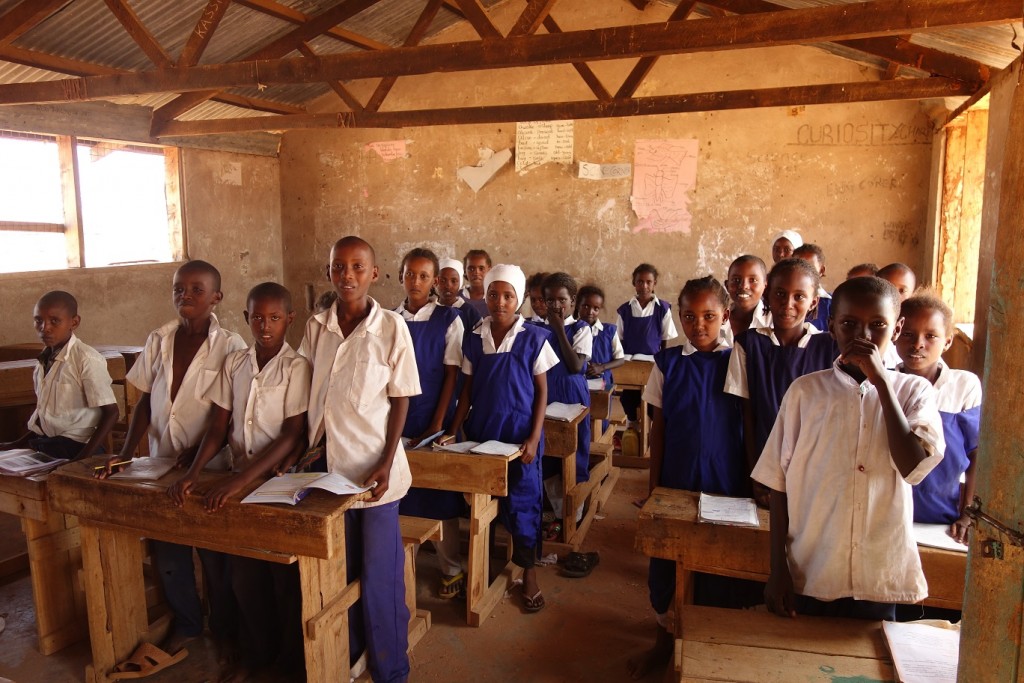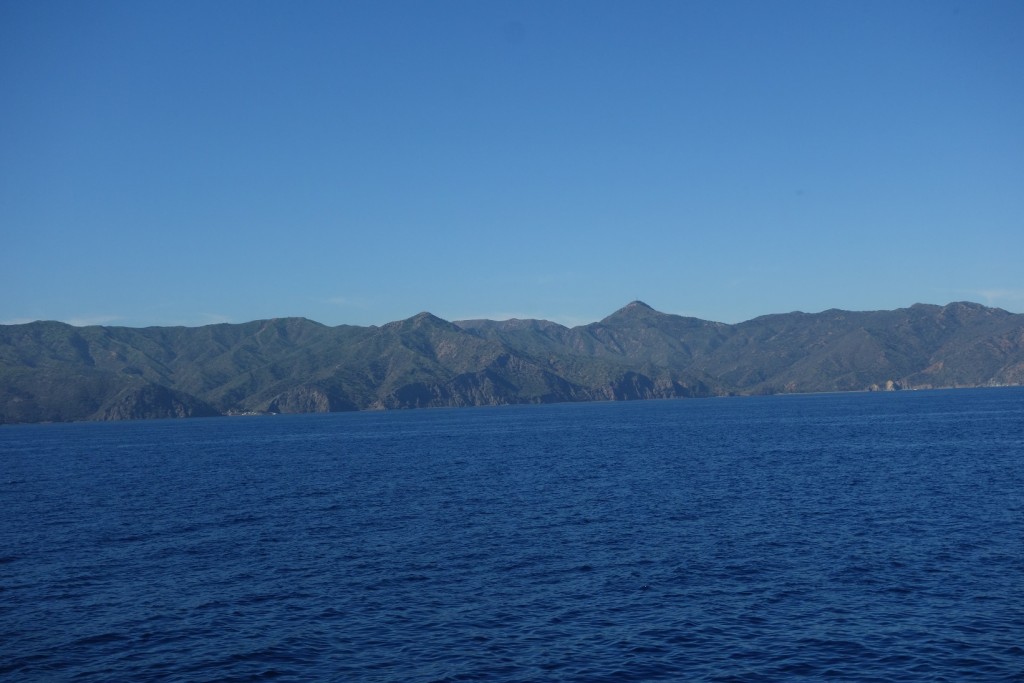[A brief note: We have been off the Alcan for over a week but without an internet connection. Alaska wild is Alaska WILD. More coming.]
The Alcan Highway connects Dawson Creek, British Columbia with Delta Junction, Alaska. It was constructed during WWII to allow troops and material to be transported to Alaska to combat a possible invasion by the Japanese. When it was completed, it was 1,700 miles long (It’s shorter now). Started March 9, 1942, the Alaska and Canadian Highway was completed October 28 the same year (That’s just seven months). It was considered the largest engineering/construction project since the Panama Canal. The US Army assigned more than 10,000 men to the project.
I first heard of the Alcan highway in the 60’s. My father often spoke of driving it. He never did. Of course, at that time it was a huge challenge, 1700 miles of mostly unpaved roads with service stations and supplies few and far between. Average speeds couldn’t have been more than 30-40 miles per hour. Cars and trucks were not nearly as dependable as they are now. So, for Dad driving the Alcan Highway was a huge BHAG (Big Harry Audacious Goal). With six kids to raise and a family to support he could never seriously consider making the trek. For him it remained a distant dream.
Anne and I have one remaining National Park in Alaska to visit, Wrangell-Saint Elias. We could have flown to Anchorage, rented a car, driven to McCarthy and visited the park. But somehow that didn’t seem right to me. I’m getting up in years and our visits to Alaska are probably numbered. This might be the last chance I have to pay homage to my father, Leland Mattice Knapp, and fulfill what he never had the time or resources to do. Drive to Alaska. The challenges aren’t as great now, the roads are paved (actually they are pretty good), fuel and services are easily available, the speeds are faster, but it is still a long way. And I could still see what my father would have seen. The scenery is still there, and animals still come out to graze or play by the roadside as you pass. So, this trip is for you dad, you would have loved it.
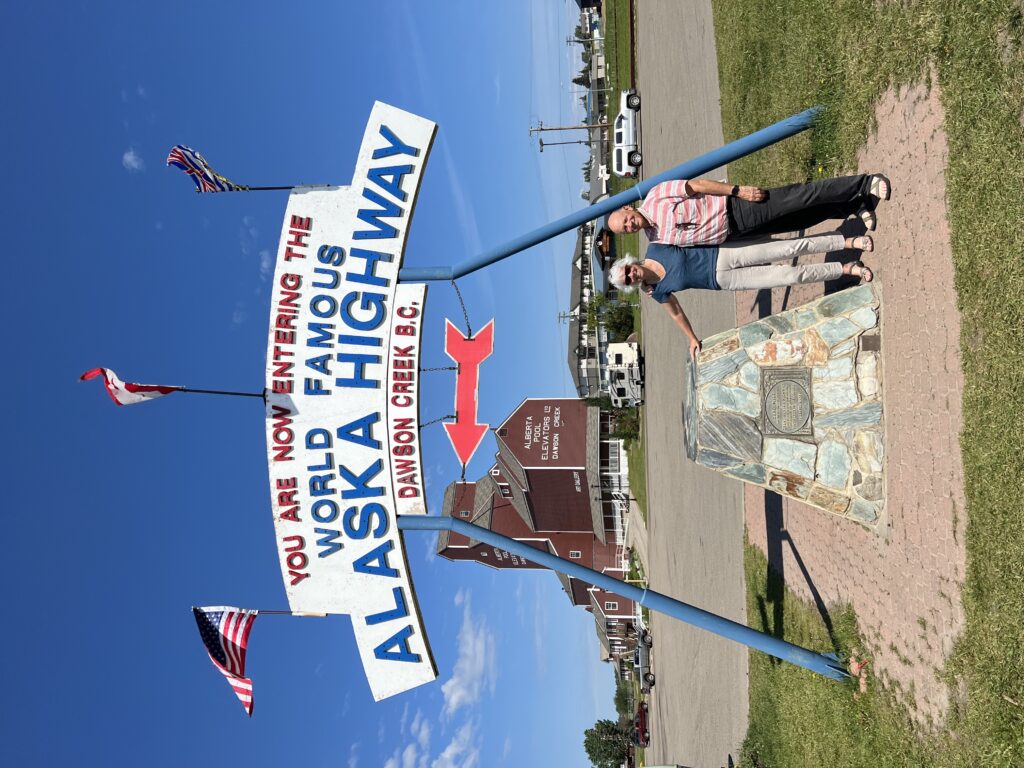
Continue reading
